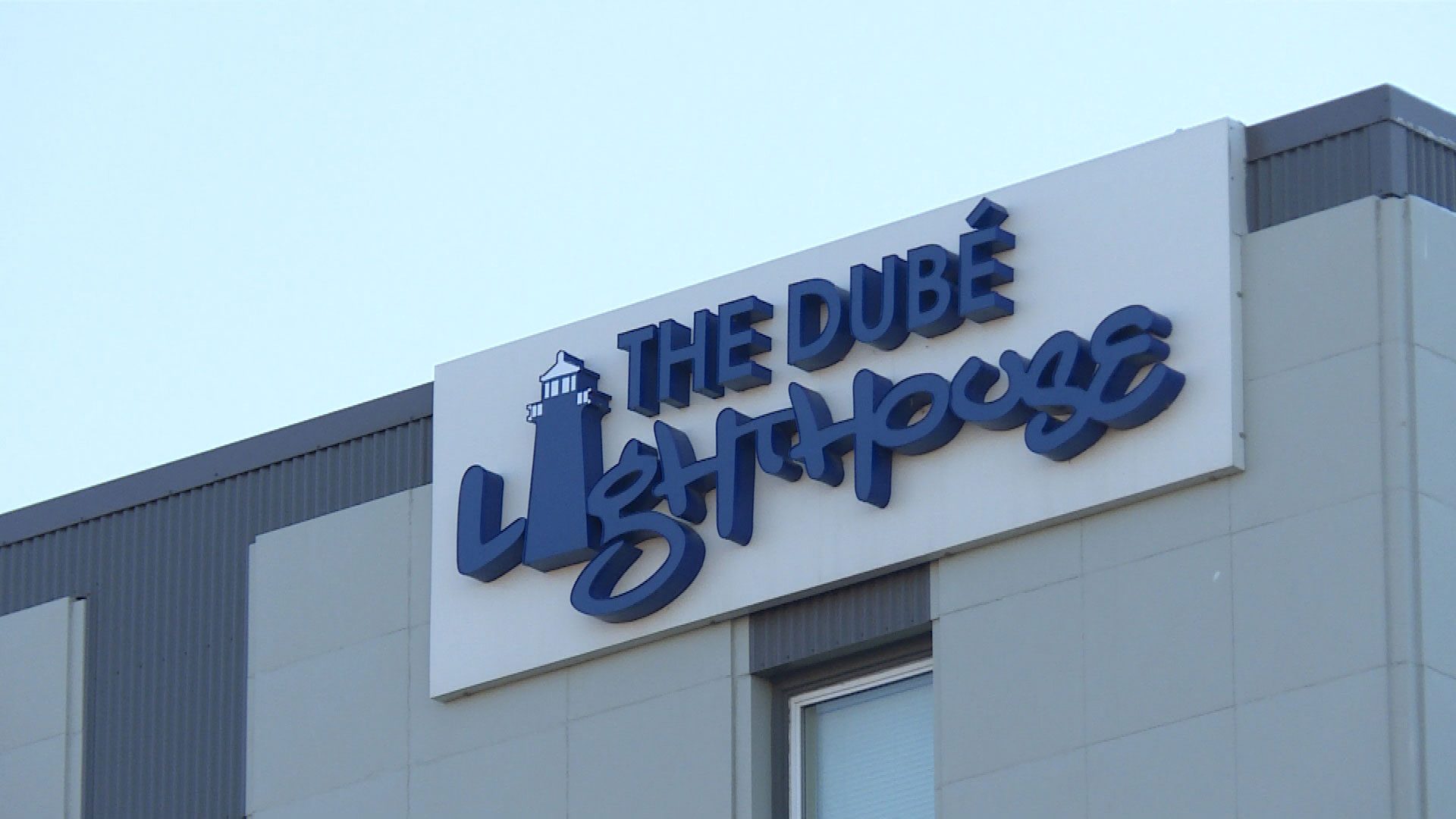Recent problems at Saskatoon’s largest homeless shelter may be just the latest sign of a system ready to crack.
“Trying to keep everybody happy is a very big challenge,” Jonathon Mercredi, an outreach worker at The Lighthouse tells APTN News.
“You know, we are so overwhelmed with so much stuff that it’s hard to keep everyone happy,” adding that he estimates that First Nations and Metis people make up about 80 to 90 per cent of the clients in the shelter.
This is the first winter since the Saskatchewan government changed how the most vulnerable get support—and it’s driving up the number of people needing shelter, according to The Lighthouse managers, Saskatoon Police Service, and the Fire Department.
The Fire Department was among the first frontline agencies that noticed a growing number of homeless camping on the streets last summer. Members reached out to as many homeless people as they could in October, to urge them to find shelter before the cold weather. (according to a news release from October).
Last summer, the province went from paying landlords the rent and utilities – to giving the money directly to people.
The Lighthouse and other shelters in the city have been bursting at the seams with people needing a place to stay. When the Saskatoon Tribal Council opened a brand new 52 bed shelter in mid-December, Chief Mark Arcand says the facility was full within the first few days, and remains at capacity.

A fire at the Lighthouse in December, followed by orders from the fire department to fix safety issues have compounded problems created by the COVID-19 pandemic.
“We have not, like many shelters, diminished our capacity, or who we’ve been able to take,” says Whitney Fraser, director of client services with The Lighthouse. “And we’ve tried to do that even without the extra resources and funding as well as just keeping up with the demand in the community with the increase in homelessness, as well as struggling with the opioid crisis”
The latest blow came last week when executive director Don Windels was placed on leave.
According to various media reports, two board members have taken charge. Managers and staff have signed a letter asking that a provincial dispute resolution specialist step in to help solve internal problems.
In an emailed statement, a spokesperson for the ministry of social services said the minister couldn’t speak to the human resource issues at the Lighthouse, but that the department is talking to the shelter
“Social Services continues to engage in conversations with Lighthouse supported living regarding their efforts to ensure services for clients continue without disruption,” the statement said. “They are an autonomous organization, and the Ministry is unable to speak to the organization’s human resources.”
In the meantime, the fire department tells APTN it’s encouraged by progress made by The Lighthouse on the issues it identified.
According to assistant fire chief Yvonne Raymer, 14 of 42 fire code issues had been addressed as of last week as well as four of some 12 property deficiencies.
“We work closely with the shelters as much as possible,” says Raymer. “We support them to the best of our ability because this is our vulnerable population and they need to be safe.”
According to 2018 statistics from an online database called Homeless Hub, there are 11 shelters in Saskatoon serving nearly 500 people who haven’t got a permanent roof over their head. Nearly 200 of those people are considered “unsheltered homeless.”
The site says there are 179 beds to serve the unsheltered population.
The Saskatoon police, pressure on The Lighthouse will likely persist.
The situation has been escalating since last summer when social assistance clients began receiving funds directly to pay their rent themselves.
“And due to complex needs or life circumstances they have not been able to pay their rent so that results in an eviction and now we’ve got a larger number of individuals who find themselves without any place to go,” said Patrol Supt. Cameron McBride. “Coupled with cold weather and that seasonal effect we see every year and so definitely I think it’s creating a strain on the service providers who are trying to provide a warm place.”
McBride said he’s aware of talks surrounding how social assistance funding is distributed and changes may be coming.
But, he said a more comprehensive approach and pooling of resources of community-based organizations, and other agencies is what’s going to make a difference long term.
For now, The Lighthouse says it’s dedicated to ensuring the city’s most vulnerable are not impacted.
Mercredi, who is originally from Mistawasis First Nation, once lived in The Lighthouse, says it’s really tough for everyone right now.
“If I had a voice for everybody, that’s what we’re trying to get done right now is get everybody to be able to voice their concerns and try to fix everything right now,” he says.









